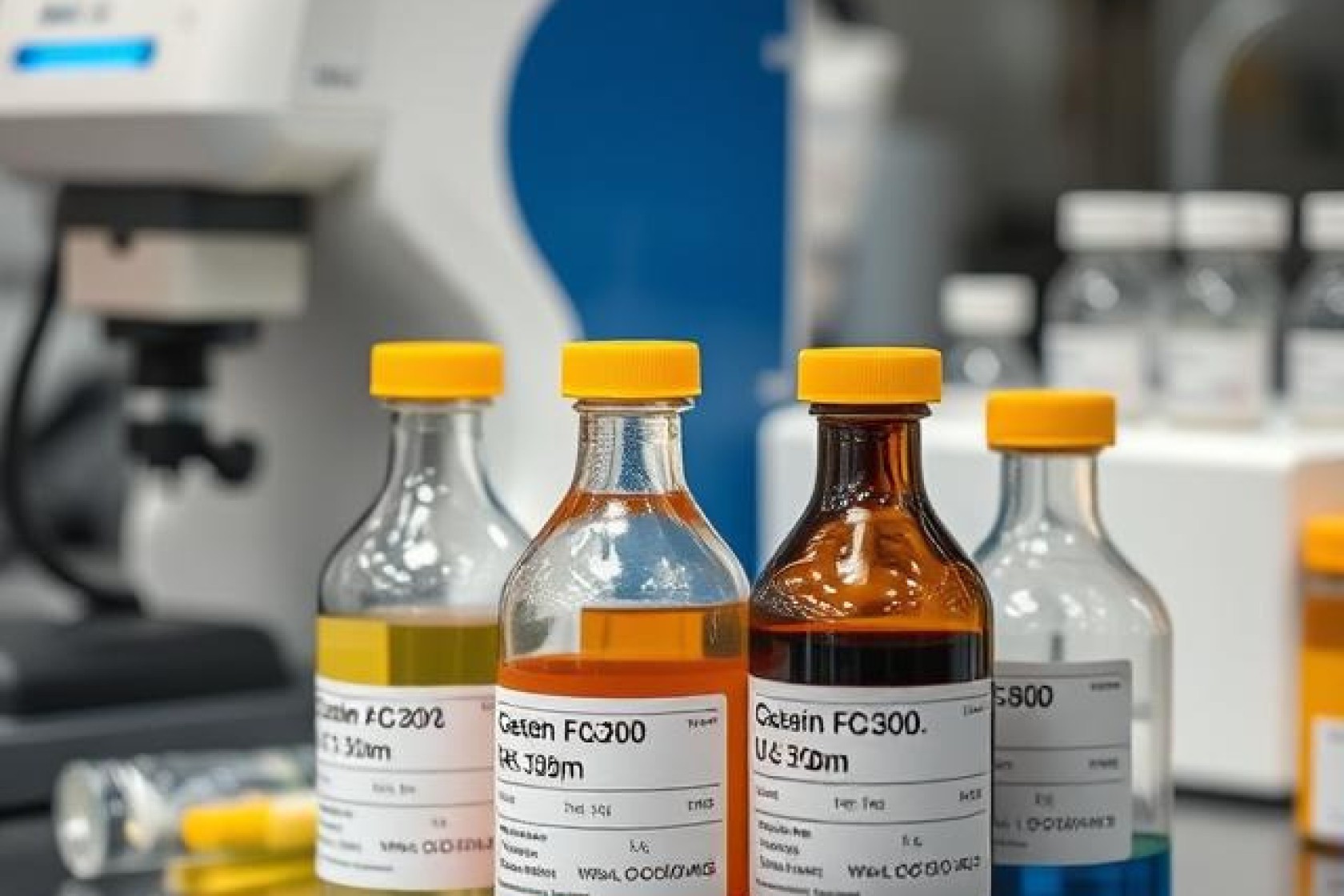The Critical Role of Commercial Analytical Reference Standards in the Control of Chemical Risks
As more new chemicals occur in the environment there is a growing need for reference standards to be able to assess toxicity, set limits and develop policies.

 Risk governance aims to reduce exposure to harmful chemicals in order to protect human health and the environment. It involves both regulatory actions (such as laws and directives) and voluntary measures taken by companies. Risk assessment, which combines hazard and exposure data, helps to prioritize chemical risks and assess the effectiveness of governance measures. Chemical regulations often require companies to provide detailed data on their substances, such as production volumes, potential exposure, and hazardous properties, based on high-purity reference standards. However, reference standards are not always available for all chemicals, especially for byproducts, metabolites, or lesser-known substances. The lack of available standards, such as for many PFAS chemicals, complicates risk assessment and regulatory enforcement.
Risk governance aims to reduce exposure to harmful chemicals in order to protect human health and the environment. It involves both regulatory actions (such as laws and directives) and voluntary measures taken by companies. Risk assessment, which combines hazard and exposure data, helps to prioritize chemical risks and assess the effectiveness of governance measures. Chemical regulations often require companies to provide detailed data on their substances, such as production volumes, potential exposure, and hazardous properties, based on high-purity reference standards. However, reference standards are not always available for all chemicals, especially for byproducts, metabolites, or lesser-known substances. The lack of available standards, such as for many PFAS chemicals, complicates risk assessment and regulatory enforcement.
C6O4 (is the commercial name for at least two forms of the same substance: difluoro{[2,2,4,5-tetrafluoro-5-(trifluoromethoxy)-1,3-dioxolan-4-yl]oxygacetic acid (CAS 1190931-41-9) and its ammonium salt (CAS 1190931-27-1)), a PFAS used as a PFOA substitute, contaminates the environment due to large-scale releases. Though less bioaccumulative, its persistence, mobility, and toxicity pose risks. Patent restrictions limit access to its reference standard, hindering research and monitoring.
Analytical instruments require calibration to correct signal variability across different days and labs, typically using chromatography and mass spectrometry. Accurate calibration relies on comprehensive reference standards, but gaps can lead to underestimations of PFAS concentrations. Reference standards are also essential for confirming substance identity in environmental and human samples, preventing false positives. High-resolution mass spectrometry offers the most reliable identification, crucial for regulatory confirmation. In toxicity assessments, reference standards help determine adverse effects and dose-response relationships. When unavailable, models or related compound data can be used, but validation with reference standards remains essential.
Without reference standards, it's impossible to evaluate risks correctly or enforce legal limits, such as maximum contaminant levels of PFAS in drinking water or food. Accurate quantification and the associated uncertainty are required to ensure compliance with legal limits. Lack of available reference standards can result in significant costs, especially for custom synthesis, which may reduce research resources. The responsibility for providing these standards and covering their costs is a key issue for policymakers.
To improve access to reference standards, solutions include waiving patent claims for public health use and establishing repositories, as seen in the U.S. and EU. This could extend to REACH, requiring producers to provide standards for marketed chemicals. Governments could help maintain these repositories to ensure quality. When standards are unavailable, semi-quantitative methods, read-across techniques, or sum methods like total oxidizable precursor analysis could estimate concentrations or toxicity. Additionally, grouping similar substances (e.g., PFAS) and using New Approach Methodologies (NAMs) can reduce reliance on individual reference standards in chemical risk assessment.
The full paper “The Critical Role of Commercial Analytical Reference Standards in the Control of Chemical Risks: The Case of PFAS and Ways Forward” by X; Trier et al. was published inEnvironmental Health Perspectives.
Share this post!





